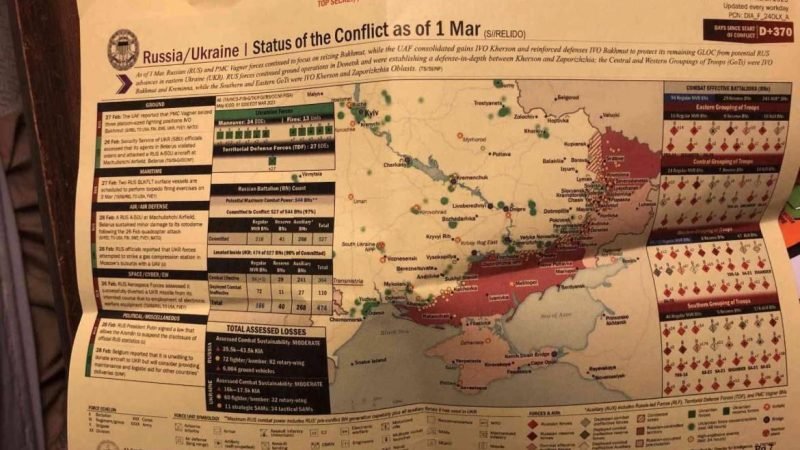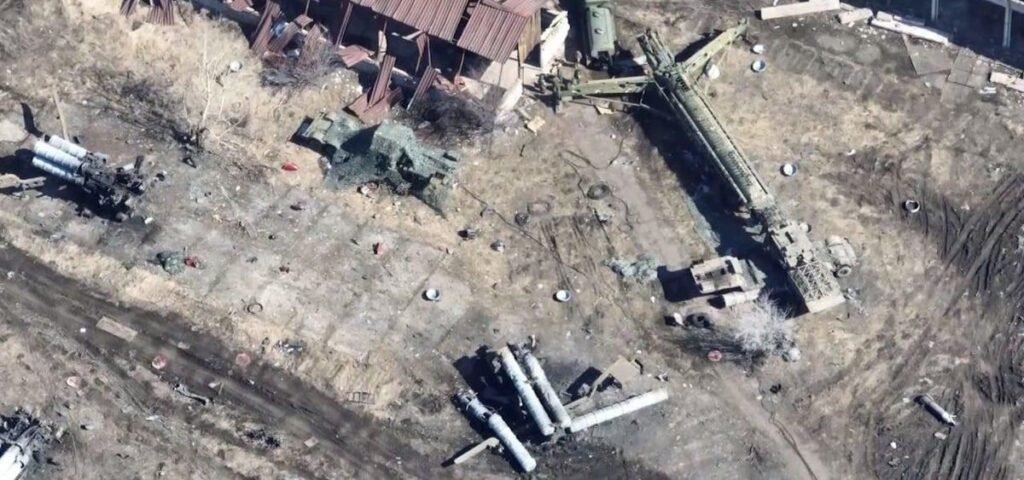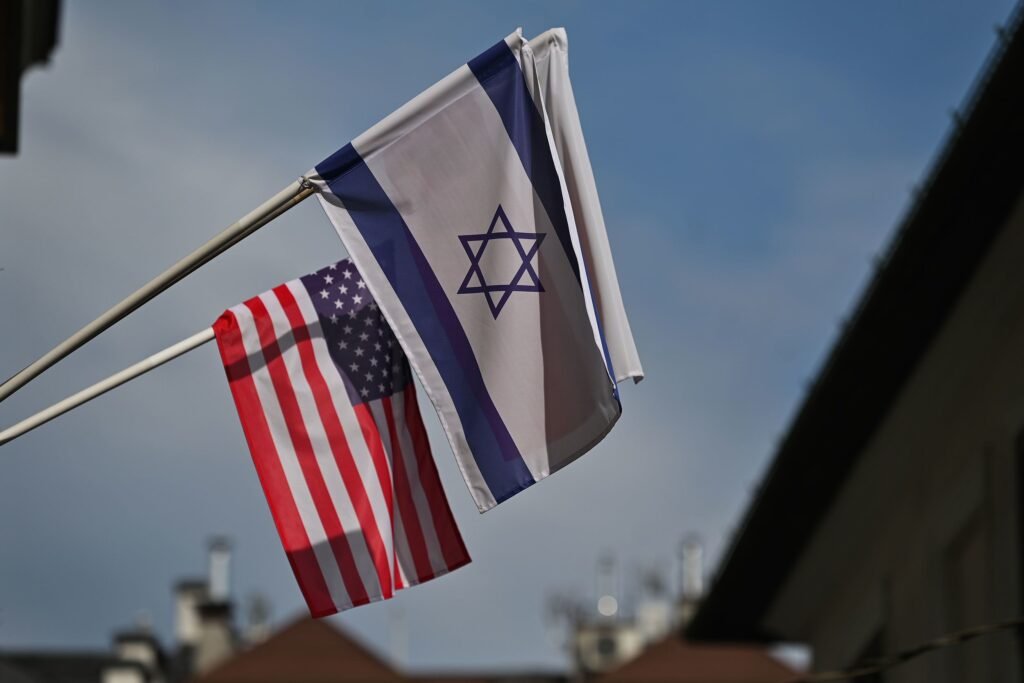From Five Eyes to Social Media: How the US Intelligence Community Failed to Safeguard Its Secrets

The recent leak of classified Pentagon documents has caused a major stir among US officials, members of Congress, and key allies. The Biden administration is currently working to assess and contain the fallout from this breach, which has revealed sensitive information about US intelligence gathering activities and the war in Ukraine.
The Justice Department is investigating the matter, but little is known about who may have been responsible for the leak or how the information ended up on social media sites. The Defense Department is also reviewing the situation and has taken steps to prevent future breaches.
Despite these efforts, concerns persist that the leaked information could have serious repercussions, including jeopardizing important foreign relationships and compromising sensitive sources. Congressional lawmakers are demanding answers from the Biden administration, with the House and Senate Intelligence Committees both requesting briefings on the matter.
As of now, the full scope of the leak and its potential impact remain unclear. The Pentagon has set up an interagency effort to investigate the situation, but much is still unknown about the breach and how it occurred.

Leak!
Last month, classified Pentagon documents were leaked online on the social media platform Discord. According to media reports, screenshots of the posts and reported that the leaked documents appeared to have been crumpled up and removed hastily from a secure location, based on their condition in the photos.
The posts showed photos of the documents placed on top of magazines and surrounded by various objects such as zip-close bags and Gorilla Glue. It is not known who was responsible for the leak or where the documents originated.
The leaked documents were all marked with classified labels, including some that were top secret, which is the highest level of classification. The investigation into the leak is ongoing, and Discord has confirmed that they are cooperating with law enforcement.
What Leaked Document Shows?
Recently leaked classified Pentagon documents reveal a wide range of highly sensitive information, which provides a rare glimpse into how the US spies on both allies and adversaries. The 53 documents, which appear to have been produced between mid-February and early March, expose the extent of US eavesdropping on key allies such as South Korea, Israel, and Ukraine.
Some of the documents, which US officials have confirmed to be authentic, reveal the degree to which the US has penetrated the Russian Ministry of Defense and the Russian mercenary organization, Wagner Group, primarily through intercepted communications and human sources. The leaked documents also divulge critical weaknesses in Ukrainian weaponry, air defence, battalion sizes, and readiness at a crucial point in the war, as Ukrainian forces prepare to launch a counteroffensive against the Russians.

RUSSIAN DEFENSE MINISTRY CAPTURE
One of the documents, dated February 23 and marked “Secret,” outlines in detail how Ukraine’s S-300 air defence systems would be depleted by May 2 at the current usage rate. The Ukrainian government has already taken steps to prevent further leaks.
Another document describes how the US has been spying on Ukrainian President Volodymyr Zelensky, and another details a conversation between two senior South Korean national security officials who discussed concerns about the US request for ammunition. The officials were worried that supplying ammunition to the US for Ukraine would violate South Korea’s policy of not supplying lethal aid to countries at war. They then suggested a way around this by selling the ammunition to Poland.
The leaked documents have already sparked controversy, with South Korean officials planning to raise the issue with Washington. An intelligence report about Israel has also caused outrage in Jerusalem, with the report alleging that Israel’s main intelligence agency, the Mossad, had been encouraging protests against the country’s new government, including several explicit calls to action. The report was produced by the CIA and sourced to signals intelligence.
Who’s Behind the Leak?
U.S. officials are scrambling to identify the source of the leak. Some experts speculate that the leaker may be American due to the fact that many of the documents were only in U.S. hands.
The leak is being seen as one of the most serious security breaches since the release of more than 700,000 documents, videos and diplomatic cables on WikiLeaks in 2013. The investigation is still in its early stages, and officials have not ruled out the possibility that pro-Russian elements may have been behind the leak. However, the breadth of topics covered in the documents suggests an American origin.
Impacting US relations with its allies
US allies are conducting damage assessments following the leak of 53 highly classified documents that contain sensitive information about how the US spies on its allies and adversaries. While US allies are aware of the US intelligence community’s collection of information on friendly nations, diplomats from some of the countries mentioned have expressed frustration that the information has been exposed publicly, damaging the US’s reputation. Allies are also scrambling to determine whether the leak has compromised any of their own sources and methods.

Officials from some countries that are part of the Five Eyes intelligence-sharing arrangement with the US, including Australia, Canada, New Zealand, and the United Kingdom, have said that they are conducting their own damage assessments to determine if any of the intelligence originated from their collection. They are also concerned about the leaked Ukraine war information, which may handicap the country on the battlefield.
US government officials have been engaging with allies and partners at high levels to reassure them of the US’s commitment to safeguarding intelligence and securing partnerships. The State Department’s Deputy Secretary of State Wendy Sherman has been appointed to lead the diplomatic response. However, key allies who are part of the Five Eyes intelligence-sharing arrangement have not yet been briefed by the US on the damage assessment or efforts to identify the leaker. They are expected to receive a briefing from US officials in the coming days.
Investigation
The Justice Department has launched an investigation into the leaked classified documents, and the Defense Department is also reviewing the matter. Pentagon deputy press secretary Sabrina Singh stated that the Department of Defense is assessing the validity of the photographs containing sensitive and highly classified material that are circulating on social media sites. An interagency effort has been set up to determine the impact these documents could have on US national security and its allies and partners.
US officials spoke with allies and partners over the weekend and informed relevant congressional committees regarding the leak. The Pentagon team working on the case includes the Defense Department’s legislative affairs, public affairs, policy, general counsel, intelligence and security, and joint staff offices. The team is examining its distribution lists to determine who gets these reports. The Joint Staff’s intelligence arm, known as J2, produced many of the documents, which appear to be briefing documents.
National Security Council Coordinator for Strategic Communications John Kirby said on Monday that the Department of Defense had referred the case to the Department of Justice for a criminal investigation, but he was not aware of any conclusions at this point about where the leak came from. Kirby added that the administration did not know if the leak was contained or if there was an ongoing threat.


















